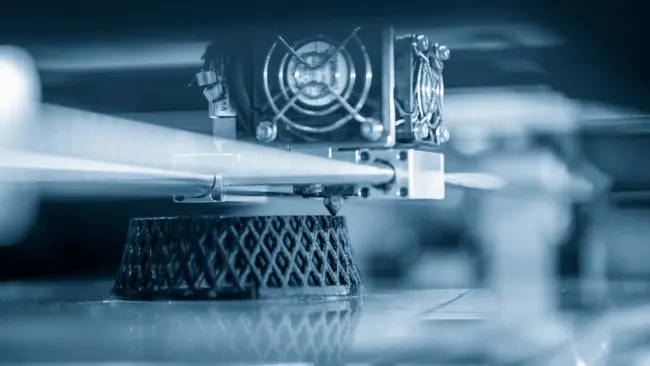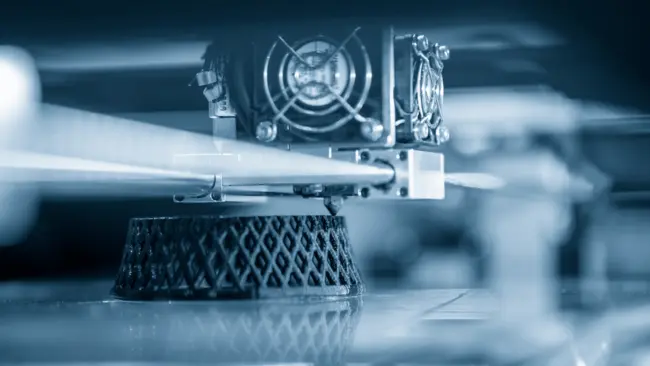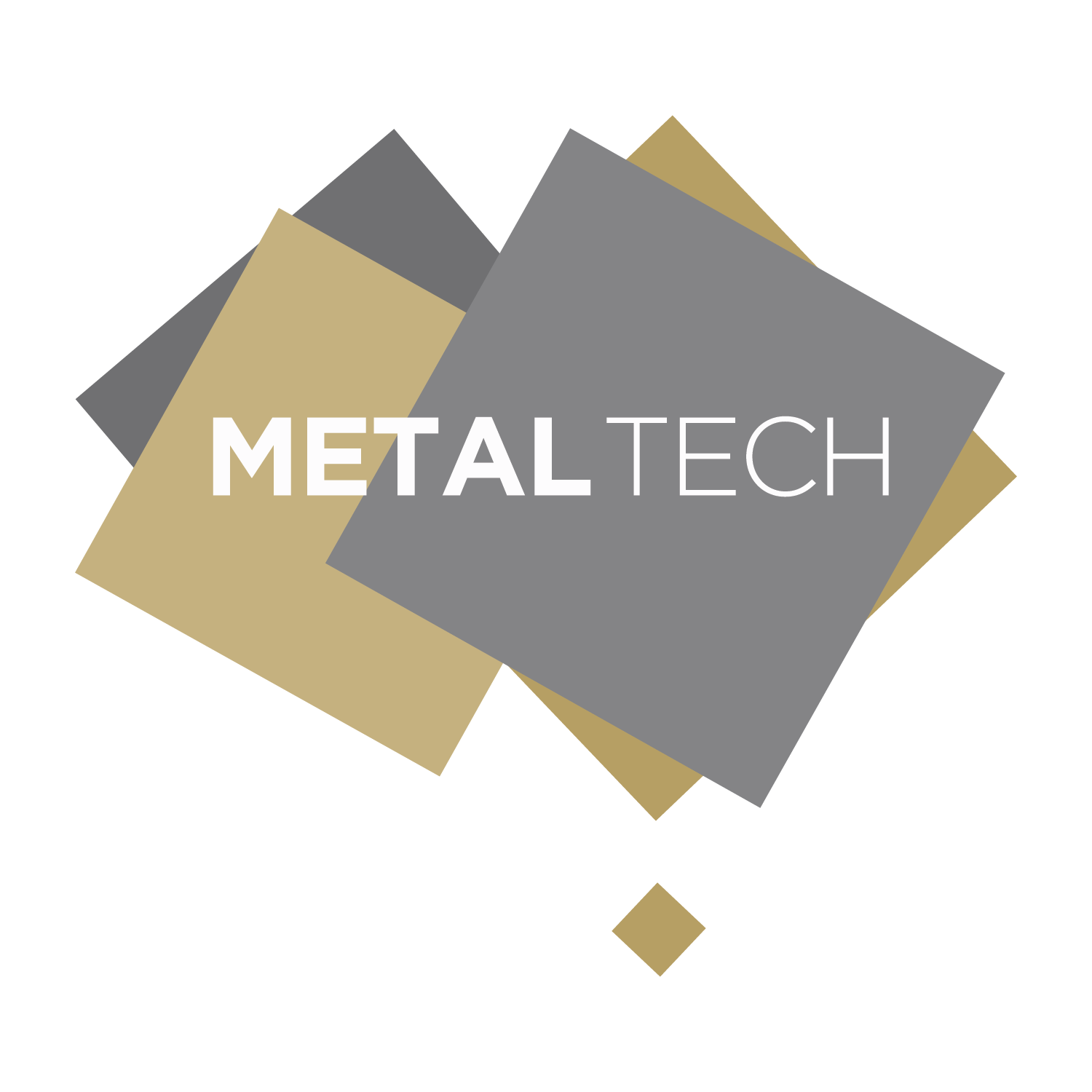
Metal 3d Printing Rapid Prototyping
One of the most exciting developments in the world of manufacturing is 3D printing. It has revolutionised production in many industries, and it’s now being used to create metal parts for rapid prototyping.
3D Printing
3D printing is a process of making a three-dimensional object of virtually any shape from a digital model. This technology works by building up layers of material, usually, plastic or metal powder fused with an inkjet nozzle or laser beam. 3D printing has been used to create everything from jewellery to human organs.
The term “additive manufacturing” refers to any process in which successive layers are laid down in different shapes until they form a completed part, such as this 3D-printed fidget spinner:
3D Printing Rapid Prototyping
3D printing is a type of additive manufacturing, which is the process of creating parts by laying down successive layers of material. 3D printing uses a digital model to create a physical object.
It’s also called additive manufacturing because it builds up 3D objects, layer by layer, from scratch (as opposed to subtractive manufacturing which cuts away parts).
The first industrial-grade 3D printer was developed in 1984 by Charles Hull in his garage in Kansas City and sold for $80000!
3D printing was initially used for rapid prototyping, but it has since expanded to a variety of industries. It is commonly used in the automotive, aerospace, medical and consumer electronics industries.

Metal 3d Printing Rapid Prototyping
Metal 3d Printing Rapid Prototyping is a process that uses additive manufacturing to build metal parts directly from CAD data. This method uses metal powders and binders to create the desired part through an additive process, layer by layer. Metal 3d printing (also known as direct metal laser sintering) can produce very high-quality parts with high accuracy and repeatability.
This technology can be used for a wide variety of applications, such as rapid prototyping and the production of high-quality parts.
A wide variety of metals can be used in metal 3d printing. The most common are aluminium, titanium, bronze and steel. Other materials include cobalt chrome, stainless steel and nickel alloys.
Takeaway:
- Takeaway:
Rapid prototyping is the process of creating a physical model of an object using digital data. It’s used in many industries, from automotive to aerospace to medical devices, but one of its most common applications is in product design and development.
Rapid prototyping is used to validate design concepts before committing significant resources to them. It also allows for quick iteration and testing, enabling you to refine your design with minimal investment of time or money.
Why is rapid prototyping so important? It allows you to save time and money by testing your design before it’s finalised. This can be especially helpful if you’re working on a project that involves several stakeholders or components from different departments; by creating a physical model, you can quickly gain consensus on what works best.
Conclusion
3D printing is a very powerful tool for creating prototypes. It allows you to create objects quickly and easily so that you can test them before making more expensive investments. The most important thing to remember when using this technology is that it won’t work well if your design isn’t accurate enough!

Leave a Reply